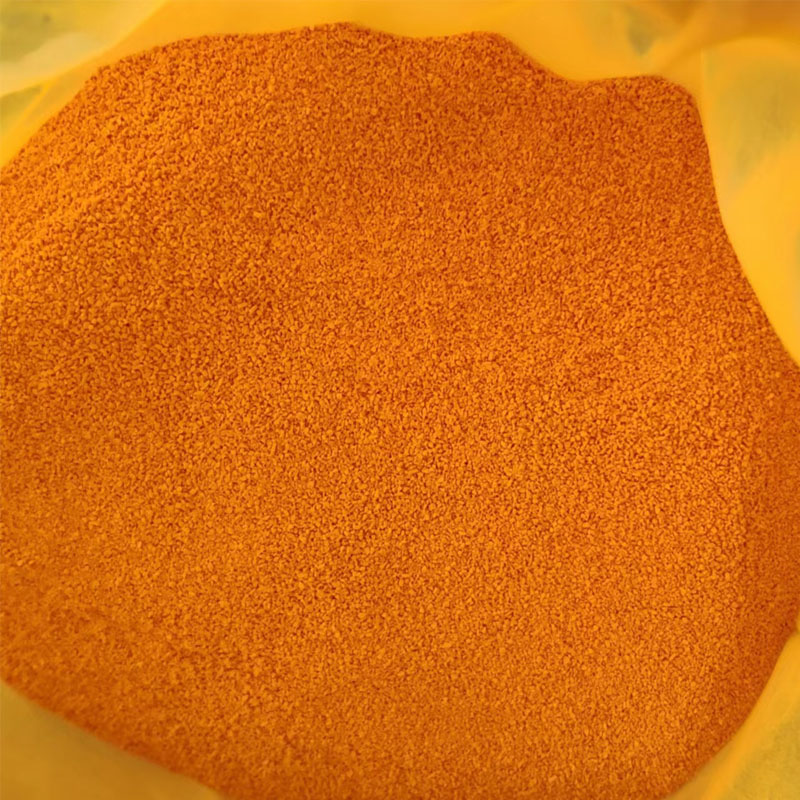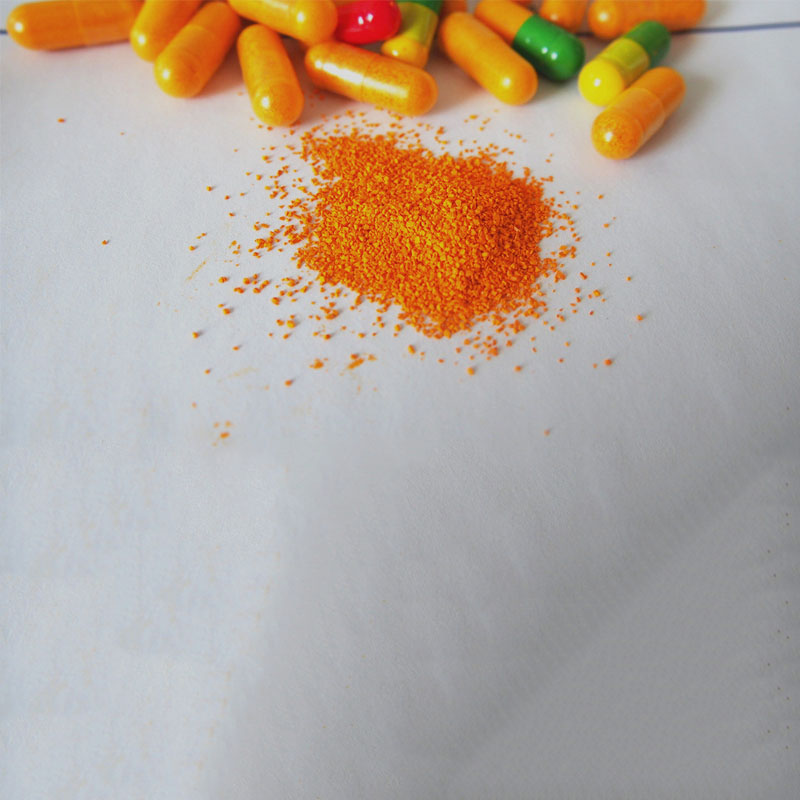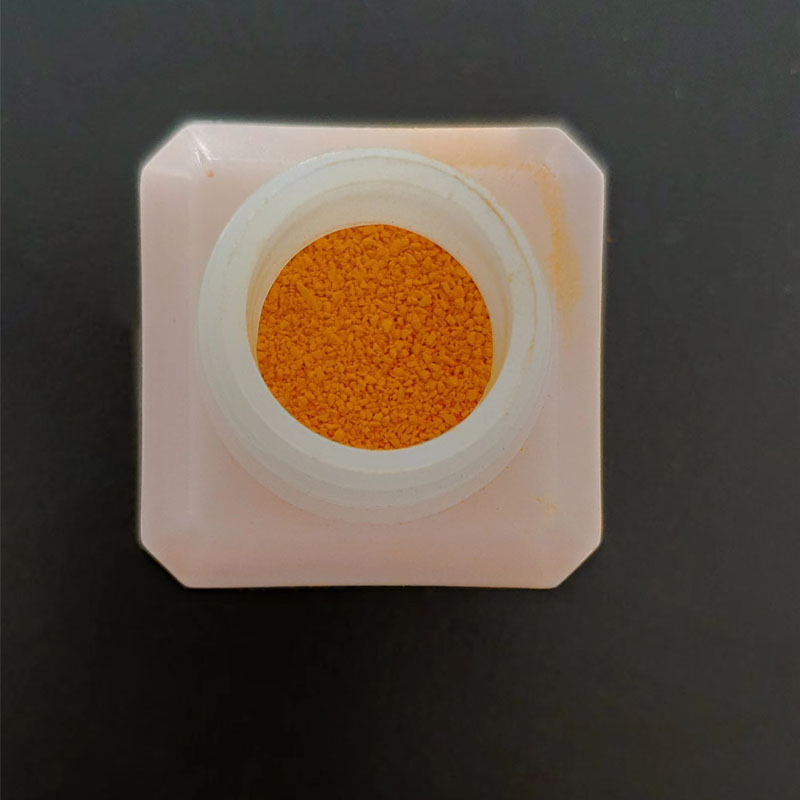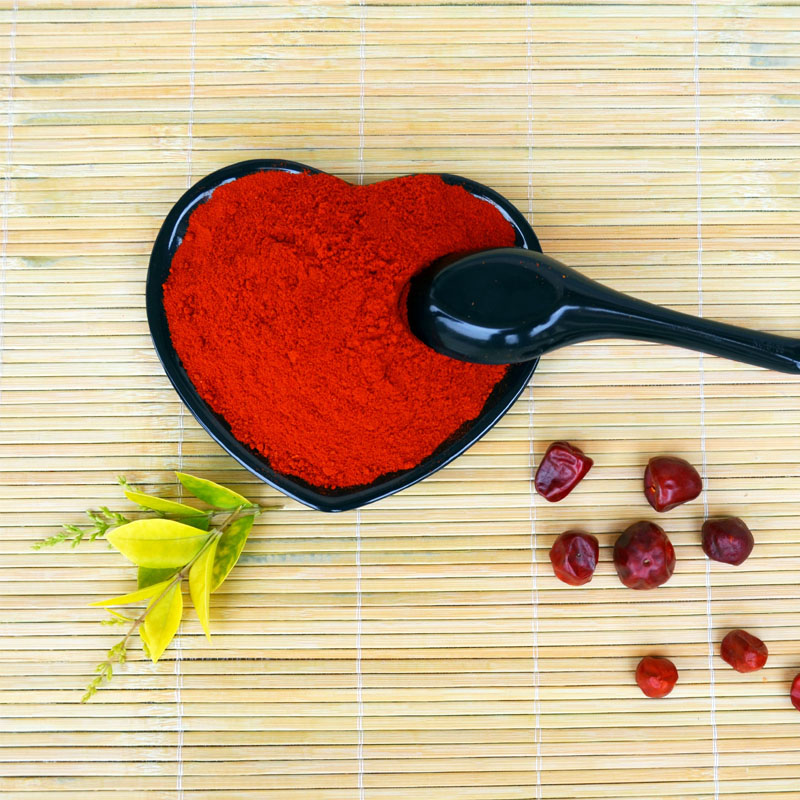Chiyambi cha Zamalonda
Chemically, curcumin is a diarylheptanoid, belonging to the group of curcuminoids, which are phenolic pigments responsible for the yellow color of turmeric.
Laboratory and clinical research have not confirmed any medical use for curcumin. It is difficult to study because it is both unstable and poorly bioavailable. It is unlikely to produce useful leads for drug development.
Laboratory and clinical research have not confirmed any medical use for curcumin. It is difficult to study because it is both unstable and poorly bioavailable. It is unlikely to produce useful leads for drug development.

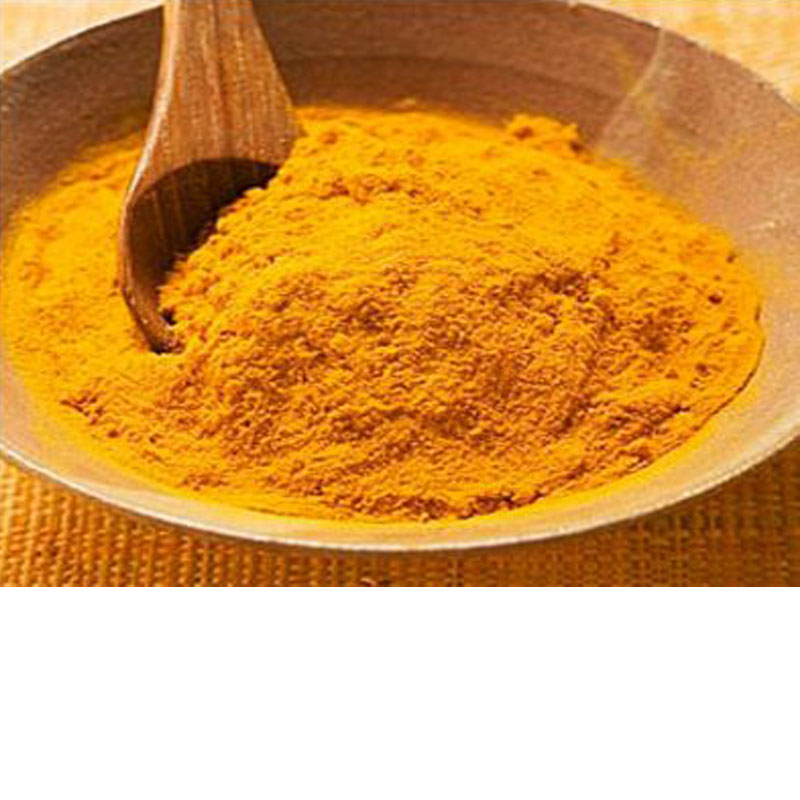
The most common applications are as an ingredient in dietary supplement, in cosmetics, as flavoring for foods, such as turmeric-flavored beverages in South and Southeast Asia, and as coloring for foods, such as curry powders, mustards, butters, cheeses. As a food additive for orange-yellow coloring in prepared foods, its E number is E 100 in the European Union. It is also approved by the U.S. FDA to be used as a food coloring in US.
Chodziwika kwambiri ndi 95% curucmin chomwe chimadziwika kuti ndichofunika kwambiri pazakudya zopatsa thanzi za curcumin, Zoyikidwa mu katoni ya 25kg yokhala ndi thumba lamkati la PE losindikizidwa.
Chotsitsa chathu cha turmeric chokhala ndi ZERO additive tsopano chikugulitsa ku America, North Africa, Europe ndi zina. ISO, HACCP, HALAL ndi KOSHER satifiketi zilipo.
Lembani uthenga wanu apa ndikutumiza kwa ife
